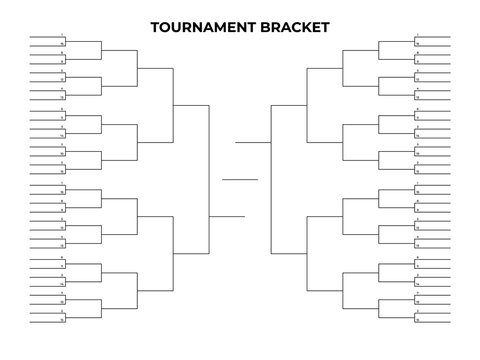KGB Vol 15: Work smart and hard
Learning to be highly effective in any pursuit is about learning to deal with competing demands. Ben Franklin said, “For every minute spent in organizing, an hour is earned,” and, given all his life’s accomplishments, we can definitely improve ourselves by internalizing his motto.
Last month we discussed how to get the most out of an exit meeting by employing upgraded communication skills. Now we need to transfer that conversation into some organizational skills in order to put a plan in place. The most challenging thing in this whole process is to learn to prioritize attributes that will create a large return on your time investment.
The first step is crucial: Get it all out on paper! Write out your thoughts and answers to the following questions:
1. What is your current off-season schedule? (travel, try-out camps, holidays, social events)
2. What days will you train, and how many hours do you have to dedicate to training?
3. What are all the things you think you did well and what things do you want to improve in the off-season? Make a list; get as detailed or be as general as you want. In the end, the goal is to find out what is the most important. Transfer your lists to notecards or sticky notes.
4. What are the top four attributes that are the most important RIGHT NOW? Make a chart (something like an NCAA bracket) and put each of the top four on each side of the bracket as #1 seeds

TOURNAMENT TIME:
One you have your top 4, pair up second-tier tasks against each other in a bracket type tournament and choose 4-6 more “winners.”
a. Make sure not to compare all; rather, simply compare two at a time.
b. Ask yourself, “Why is this important to me RIGHT NOW?” and choose a winner.
c. Don’t throw away the losers; just set them to the side and allow yourself to reconsider later.
Pair the winners against the top four attributes you selected and repeat step four until you have 4-6 of your most important off-season tasks. Plug them into your schedule and get to work.
This is a simple approach that can be difficult for some. Admittedly, I am one of those guys who spends too much time churning on minutia. A project like this can send me into a deep rabbit hole of thought, and I usually do not come out on the other end any better.
Using a classification system has helped me turn a project like this into a much more productive and meaningful task. By separating out larger characteristics, we can work backward and examine qualities that are most important within that specific task. For example, improving the technical components of the game is a very broad classification of skills. Within that group, we can look at things like, shooting, skating, passing, puck skills, etc. At the end of the “tournament,” you will have the top 1-2 things in each category that need to be addressed and added to the schedule.
The big groups for hockey that we mentioned last month are:
- Technical
- Tactical
- Mental
- Physical
Considerations for personal development are:
- Sleep health
- Nutrition
- Joint health
- Stress Management
With a broad system like this, you can start to make a list of qualities you need to improve. One step better is to include a list of skills that you already do well and want to continue to employ. As you survey your list, pick the few items that are the most important to you RIGHT NOW.
Being in the moment with this process is crucial. If you look too far into the future with your decision-making, it can make this process much more difficult. For example, early in the off-season, joint health may be integral for you RIGHT NOW because it allows you to train harder later in the summer when this process can be repeated and refocused.

For coaches, the considerations are slightly different. A real expert at this process, coach TJ Manastersky of Union College, talks about establishing a team identity first. Coaches may have several approaches for establishing team identity. Manastersky mentions that one place to examine is the league in which you compete. How do you want your team to play to be successful in this environment?
Once this vision has been identified, what roster pieces do you already have in place to achieve your goals? You can look to see what potential pieces need to be added to complete the team-building process. While you’re developing players and the team is not there yet, how might you need to play in the meantime to be successful NOW and continue to build for the future?
It is a lot to consider, but organizing those thoughts is crucial to having a clear vision for a successful season. There may be a preliminary step to establishing identity and that is an overall season review. This is not an area I am qualified to speak on, but it was a question I posed to Coach Manastersky. Not surprisingly, he suggested starting at the end and working backward while unpacking a few key questions. What was the end result? What key stats contributed to success or failure? What systems did we implement that may need to be adapted or solidified? All these questions would lead him to select a few off-season projects that would drive his development as a coach and leader.
As a player, you can take a similar approach to solidifying your personal identity. What skills do you possess that allow you to be successful? What skills are lacking at this time that need to be improved? Now we have our WHY for decision-making and our “tournament” matchups will become easier to determine a winner.
Some people are inherently good at prioritizing and organizing. It seems easier for these individuals to stay on task. Some of us are not good at this and are easily distracted by shiny new objects or concepts. If you are one of these more random people, the “tournament” of competing demands just might be a solution you can use to create a better game plan for development of yourself as a coach, for your players to develop, or simply as a player trying to make the most of the off-season. And, if you are already good at organizing, this can be an approach to make sure that you are checking all the boxes in your effort.
